A few years ago, almost no one had even heard of a tiny house. But now? Across the nation, more than a dozen cities are become officially tiny-home friendly and 50-plus communities of tiny homes have cropped up—everything from intimate backyard co-ops and tiny house/RV parks to upcoming full-on urban developments.
My main squeeze, Christian and I have had the pleasure of becoming temporary residents of more than a dozen of tiny home communites, of all kinds. If there’s one thing we have learned, downsizing into a tiny structure is just the beginning. Living tiny, especially in a community setting, is a total rethink of daily life and what it means to be a neighbor.
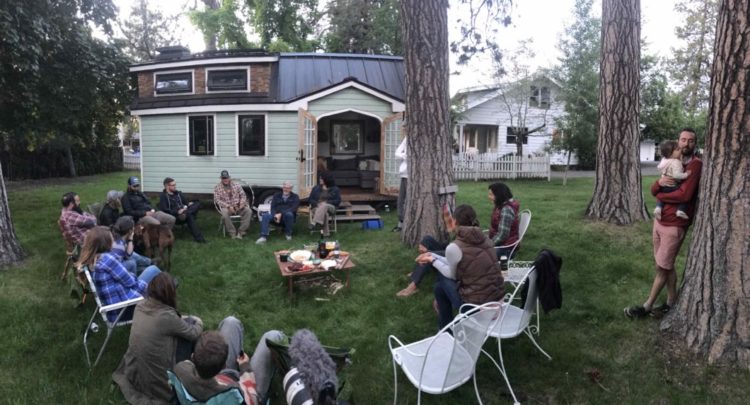
7 Things We Learned about Tiny House Community Life:
Everyone gets fed.
How often do you organize a potluck with your neighbors? In tiny-house communities, communal meals are not just for the 4th of July—they’re business as usual. Tiny-house living has a strong culture of cooperation and connecting with neighbors, and shared meals are often a part of the weekly calendar.
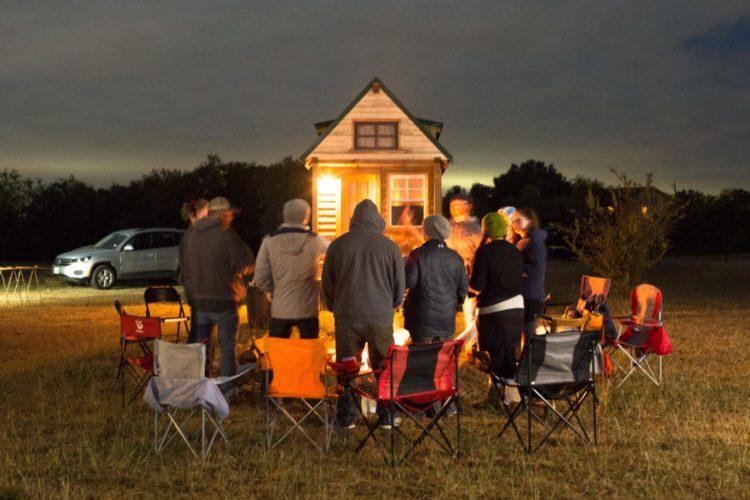
Recently, we were cooking a big pot of chili at a temporary tiny-home community we’d formed in North Texas with five other tiny houses and converted vans, when we discovered we were missing peppers, onions—and cornbread! No problem. After a quick pow-wow at the campfire with our neighbors, the ingredients were found to finish up a batch of chili and fixings big enough to share with all. This “Hey, can I borrow a cup of sugar” culture is alive and well among the tiny-house crowd.
Even those disinclined to cook get in on the potluck culture. At Llamalopolis, a cluster of tiny homes and Airstreams in downtown Las Vegas, neighbors use Slack to send out impromptu food announcements like “I have dumplings to share!” and “I just ordered pizza; come have a slice!”
Chemistry is everything.
Tiny community life is intimate. Interactions with your neighbors are not a once-in-awhile wave across the street. They are daily and up close. It might be saying hello as you come out your front door in your pajamas, or a chat as you carry groceries through the community’s pedestrian-only entrance.

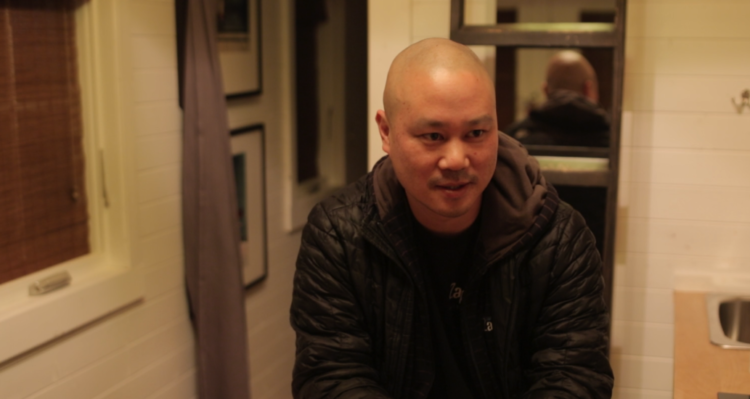
The beauty of these “collisions,” as Llamalopolis founder Tony Hsieh put it to us during our two-week stay at his Las Vegas community, is that they tend to result in a welcoming atmosphere and more shared experiences. “And for me,” he added, “experiences are more meaningful than stuff.”
In a tiny house community, you’ve got a built-in support group right there—people who are ready to pick you up when you’ve had a bad day, give you a shoulder to cry on by the fire, or just binge-watch your favorite show on Netflix with you.

But the high level of cooperation required by this life can be intense, too, and if personalities don’t mesh the vibe of the community can become toxic. Austin LiveWork is one unfortunate example of what can happen when the chemistry is off. In this tiny home community near Austin, Texas, several residents frequently butted heads with the founder over the community’s vision and who was responsible for which maintenance duties. Eventually, someone filed a code violation report, and the community was shut down this past summer.
Life happens outdoors.

With “living rooms” so small they can almost touch both walls at the same time, tiny house types are very big into outdoor living. In a typical setup, tiny homes cluster around a large yard with a fire pit and garden, which residents use as an extension of their living space. It’s common to see people reading email by the fire pit, rolling out a yoga mat in the yard, or catching up on laundry on their porch with a hand-cranked washing machine. These everyday moments become a chance for impromptu conversation, and that’s just how tiny home community members like it.
A tiny house is a sanctuary, not an attraction.
Tiny houses are like puppies—everyone is drawn to them. This means frequent looky-loos—cars passing by very slowly or even stopping so the passengers can approach for a closer look. In a tiny home, unless your curtains are drawn, there’s basically nowhere to hide from unwanted visitors.

At Orlando Lakefront, a tiny house community in a revitalized 1950s RV park in Orlando, Florida’s College Park neighborhood, one resident told us about the time he was cooking dinner and looked up to see a stranger peering in his window. To head off intrusions, the residents decided to host a monthly open house where the curious could check out the tiny homes. They also amended the pop-by-anytime culture that’s common among tiny-home neighbors and developed a text-before-dropping-by system instead.
There’s always room for pets.
It may seem counter-intuitive given how ruthless tiny house dwellers have to be about, say, how many pairs of jeans they can keep. But most of them find a way to make room for pets. Every community we’ve visited has dogs and cats—and we’ve also met pet chickens, goats, horses, and alpacas. Open roaming space and designated animal areas are to a tiny home community what a gym might be to a city apartment building—a must-have amenity and a place to gather.
Often, pets are free to roam the grounds, a joyful sight for pet lovers with seriously squashed indoor play space. The dogs who live at Llamalopolis in Las Vegas have become used to the alpacas that have the run of the place, but I never quite adjusted. I could never tell whether we were cool or at odds—especially when one of the alpacas nudged my hat and I whipped my head around to find myself nose to nose with a creature known to spit.
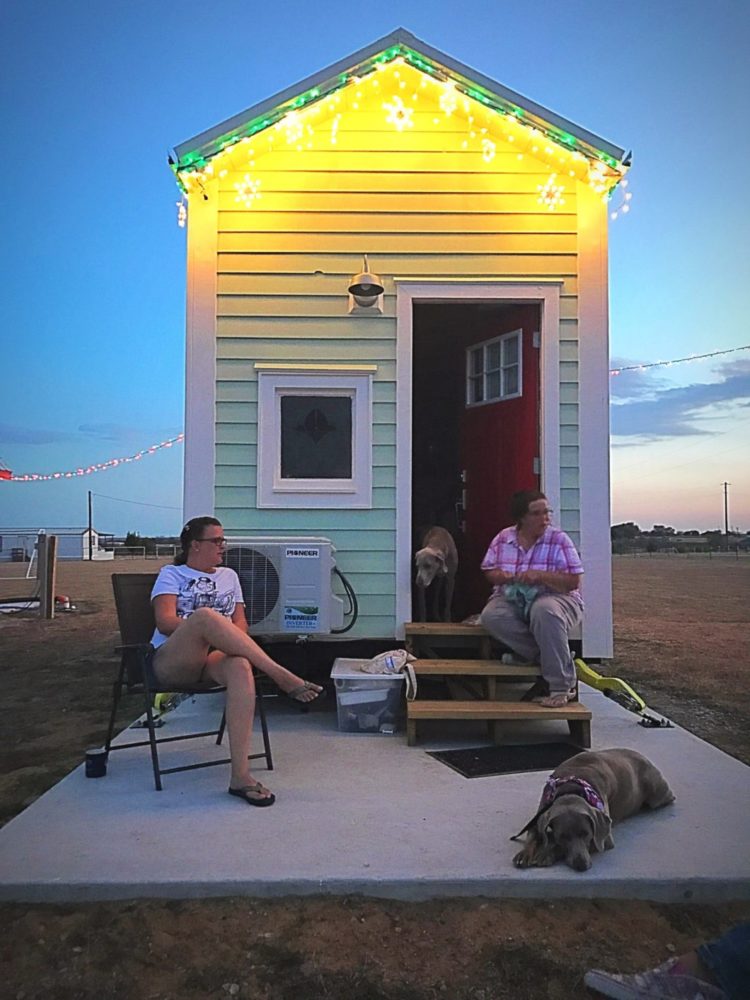
Your neighbors have your back.
Tiny-home living comes with a unique list of house problems. Ask most people about dysfunctional propane tankless water heaters and you’ll get a blank stare, but tiny home neighbors can relate to each other’s esoteric house projects 100 percent. They’re also quick to help out, because they know it won’t be long before they need a hand. During our stay at Tiny Lots on the Prairie in Decatur, Texas, we heard about the time when resident Cheryl Huff couldn’t finish painting her house due to an injury and her neighbors stepped in to take care of it. Everyday random acts of kindness are common, too, like grabbing a neighbor’s trash when you’re taking out your own.
Joining a community also means pitching in to maintain common areas. This is handled various ways. At Going Places, a backyard community in Portland, Oregon, residents gather once a month for a work party, figuring that nothing makes for quick work like multiple hands. At another community we visited on a ranch outside Bellingham, Wash., everyone agrees to work a set number of hours and chooses between being paid for this time or applying it toward their rent.

Neighbors become family.
Though people join the tiny house life for lots of different reasons, you’re bound to have a lot in common with your neighbors. Add in the tiny-home custom of generosity and frequent conversation, and you have a recipe for an unusually tight-knit community. That really shows in the family vibe at many gatherings we’ve been to.

At The Commune, an informal community near Sisters, Oregon, artist Rod Frederick and his tiny neighbors worked together to craft a whimsical sculpture garden among the ponderosa pines, with wandering pathways, waterfalls, and an open-air treehouse. Now it’s become a place where neighbors share meals as a family would, a place where we personally had many intimate conversations around the fire during our stay.
That kind of bond is not unusual. Earlier this fall, we spent a week at Tiny Lots on the Prairie outside Dallas/Fort Worth. Current, past, and future residents all showed up for a community potluck and game night, featuring a lively spoons game. It felt like a family reunion, complete with playful ribbing and a healthy sense of competition. Molly McNown, who has moved away to be closer to her job, was there on one of her frequent visits to what she calls her “soul group.”
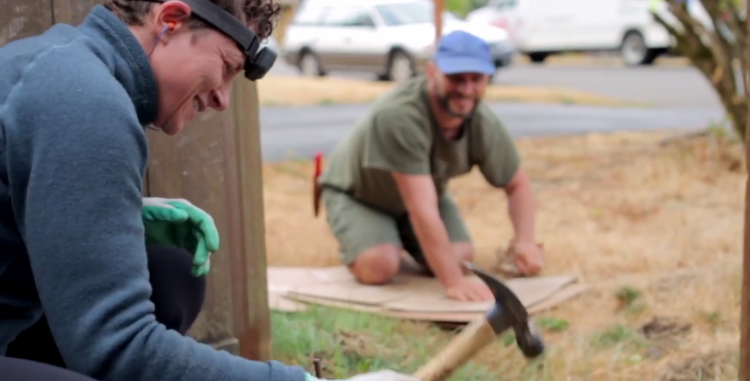
Lina Menard, a tiny house design/build consultant, described life at her Portland, Oregon, tiny-house community, Going Places, this way:
“There’s always someone to ask how your day was, and if you want to talk about it.” What better definition of family is there?
Is tiny house community life right for you? Share your thoughts in the comments!
-Alexis Stephens, Tiny House Blog Contributor
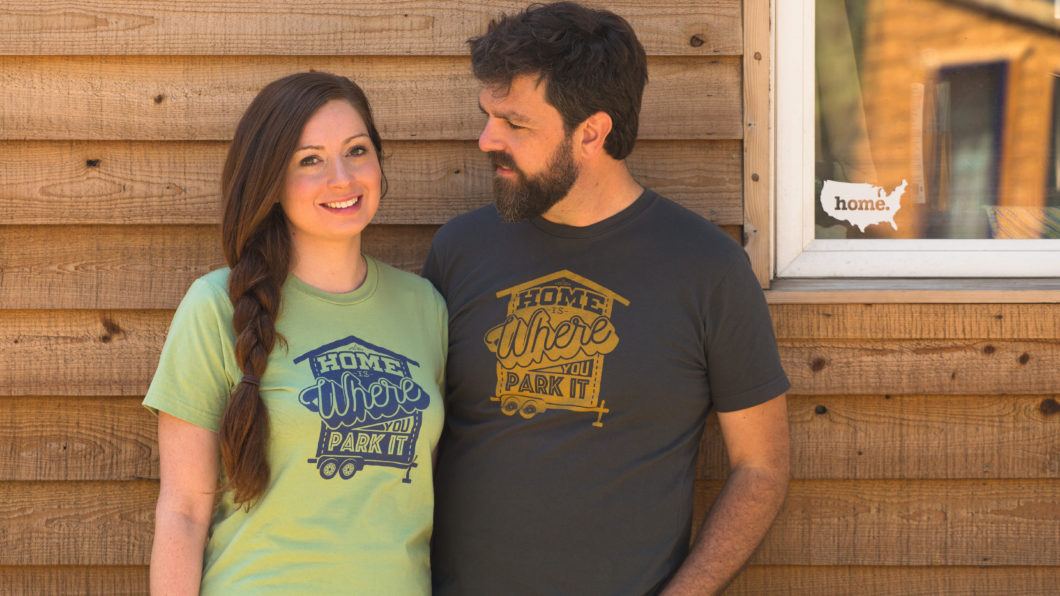 My partner, Christian and I are traveling tiny house dwellers. Together we’ve been on the road two years for our documentary and community outreach project, Tiny House Expedition. We live, breathe, dream the tiny home community every day. This is our life and our true passion project. We are very grateful to be able to experience this inspiring movement in such an intimate way and to be able to share our exploration with all of you.
My partner, Christian and I are traveling tiny house dwellers. Together we’ve been on the road two years for our documentary and community outreach project, Tiny House Expedition. We live, breathe, dream the tiny home community every day. This is our life and our true passion project. We are very grateful to be able to experience this inspiring movement in such an intimate way and to be able to share our exploration with all of you.
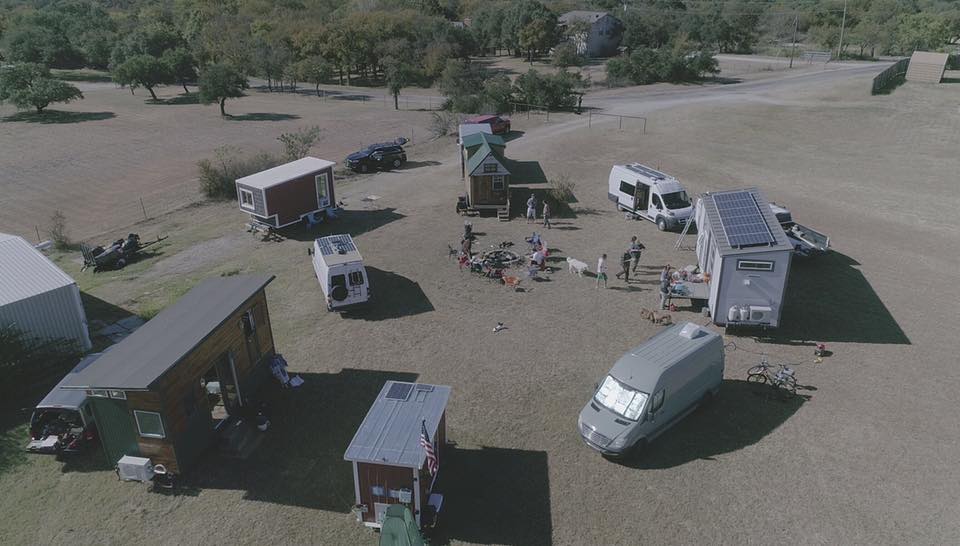

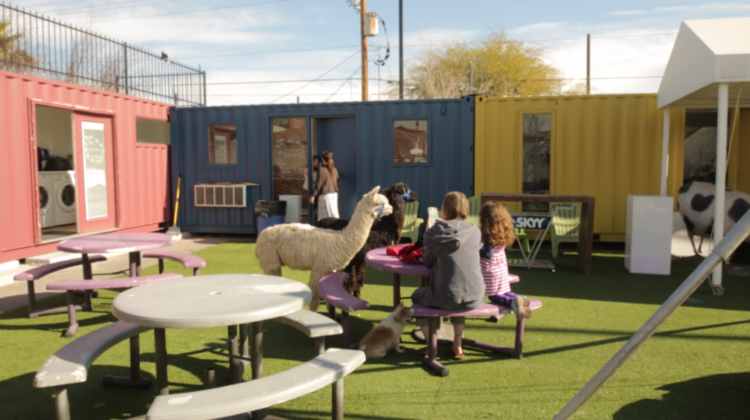
How I long to live near a tiny community. Where I am I hate, I do have friends but to be able to live free. My goal is to get a tiny house and land so I can start a Sanctuary for homeless animals. But so far it has just been a dream.
So if you build a few thows does that count as a community? As of right now I have 4, but I just started my # 1 Tiny House on Wheel. It is my biggest so far. It is 7 feet, 9 in wide x 28 feet long. I mean to say it will take over as the main thow. But each of my thow carry tools or fishing gear or solar kits, wind kits, and water kits. Your idea community should have people that know how to do different jobs. The more jobs I learn the more I can teach others how to do it. It is a good thing to take care of the animals, it teaches you how to deal with problems as they come up. Fix all of your problem first.